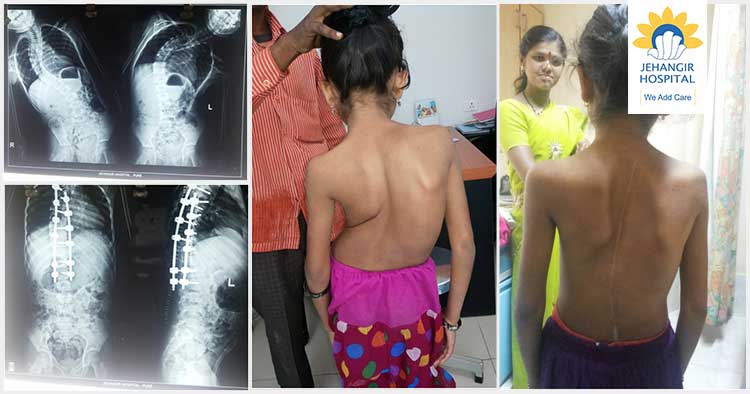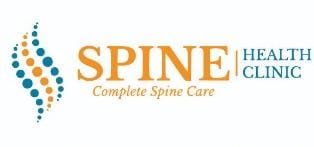+918048032706

This is your website preview.
Currently it only shows your basic business info. Start adding relevant business details such as description, images and products or services to gain your customers attention by using Boost 360 android app / iOS App / web portal.
What is scoliosis By Jehangir Hospital Blog Title...

What is scoliosis By Jehangir Hospital Blog Title A 14 years old girl presented with back deformity and tilting on one side. Parents noticed swelling on one side of the chest and back of the girl 2 years back. Over the 2 years of period she consulted various doctors including orthopedic surgeon. She was diagnosed crooked spine also termed as scoliosis in medical language. She was initially treated with bracing and physiotherapy. However her spine curvature continued to progress leading to the persistent back pain and significant tilt on one side. She was diagnosed with adolescent idiopathic scoliosis when she presented with Dr. Rahul Chaudhari in Jehangir Hospital. Scoliosis is lateral curvature of spinal column more than 10 degrees when observed through anteroposterior radiograph of the spine. Scoliosis is classified in 3 categories. Idiopathic scoliosis is most common type of scoliosis with no particular reason behind developing this kind of scoliosis. Depending on the age of onset idiopathic scoliosis can classified in to 3 types; Infantile( < 3 years), Juvenile ( 3-10 years) and adolescent ( > 10 years). There are other types of scoliosis due to specific reasons such as vertebral body defect and spinal musculature weakness which are termed as congenital and neuromuscular scoliosis respectively as explained by Dr. Chaudhari. This patient when presented to Dr. Chaudhari her scoliosis angle measured on x rays was 60 degrees. She was still premenarchal and there was potential spine growth left as judge by x- ray. After discussion with the parents Dr. Chaudhari advised to undergo with Scoliosis correction surgery. Dr. Rahul chaudhari said In this surgery we put screws from top to bottom of the curve with specific technique and then we attach rod to the screws to straighten the spine. There are benefits and some challenges we need to consider during Scoliosis correction surgery. Benefits are that patient gets more in normal posture and psychologically gives significant boost and improvised body look of the girl and also take care of the back pain and improve breathlessness in some patients by improving the chest expansion. There are few challenges in this surgery that it is a major surgery and we have to check the anesthesia and nutritional fitness of the patient. The concern of parents of developing weakness in legs due to surgery is very well understood however with newer advances of neuromonitoring this risk can be minimized. Dr. Chaudhari sir said neuromonitoring is a special device which checks spinal cord signals all the time during scoliosis correction surgery. This particular patient was allowed to sit and walk after 2 days of surgery and went home in a week. Parents were quite satisfied with her new look and she was back to her routine life in 2 months. Treatment options of idiopathic scoliosis Physiotherapy, exercise – usually in patients with curve less than 25 degrees Bracing - usually curve less than 40 degrees till growth completes Surgical correction – curve more than 50 degrees with significant growth potential. Serial follow up and x rays gives us Usually Young kids recover faster. Generally patient get back to their routine and school in 3-4 weeks after surgery. (times –Scoliosis ) However discussion with parents and confidence Significantly counseling needed with parents with thoughtful pros and cons of the Surgery Preoperatively and postoperatively discussion and details explanation to parents is most important part of surgery and gain after surgery with discussion of challenges during surgery Preoperative and post operative anxiety.

